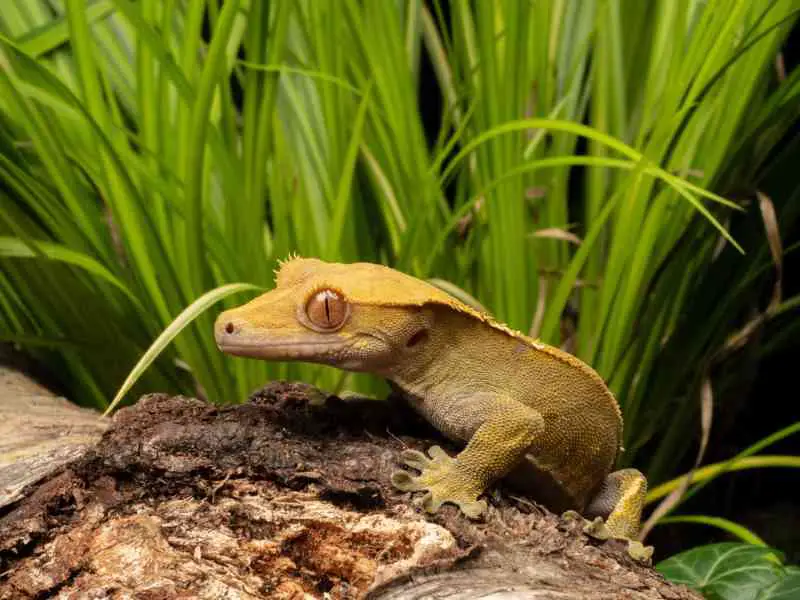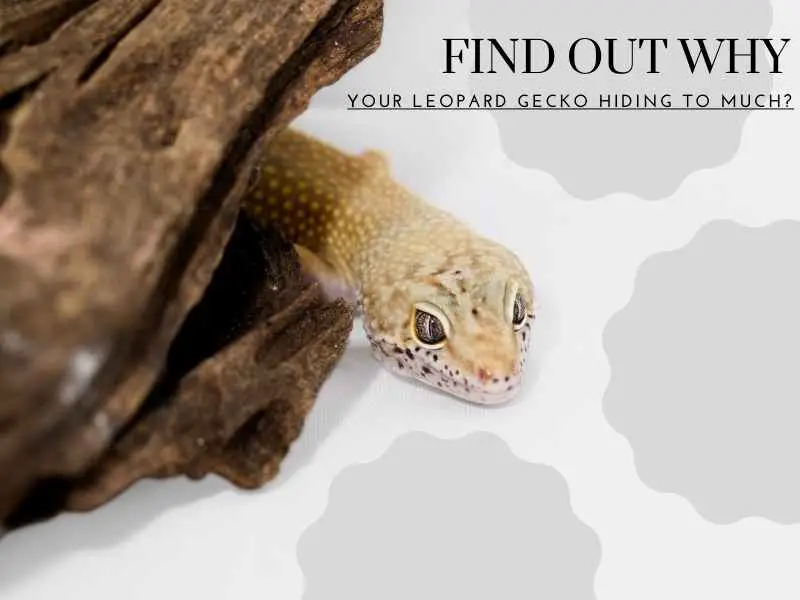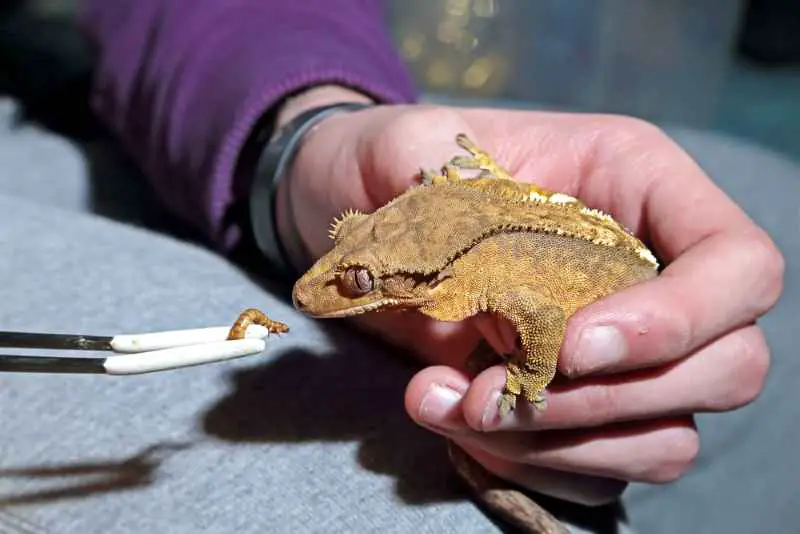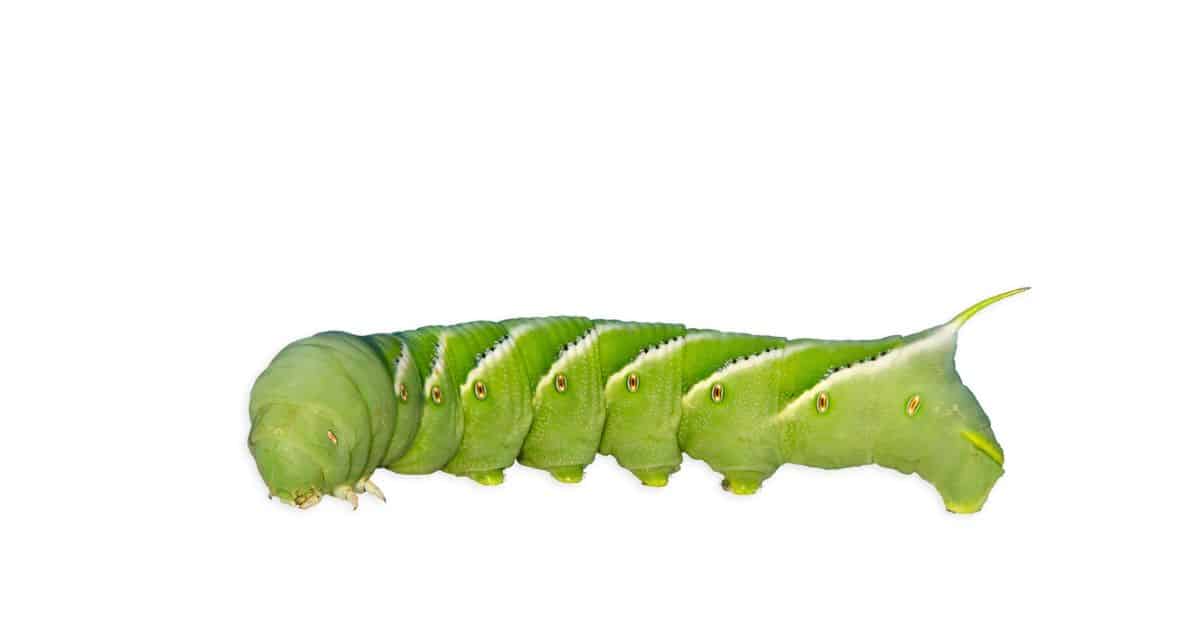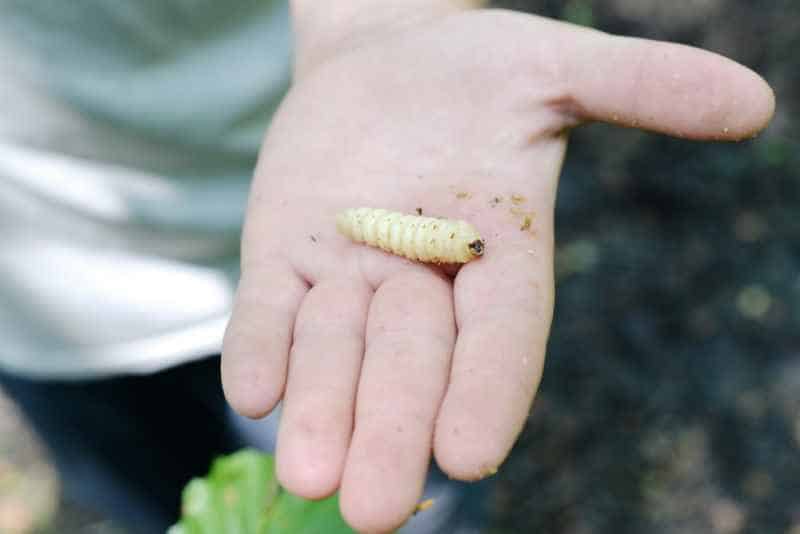Is Your Fat-tailed Gecko Too Fat?
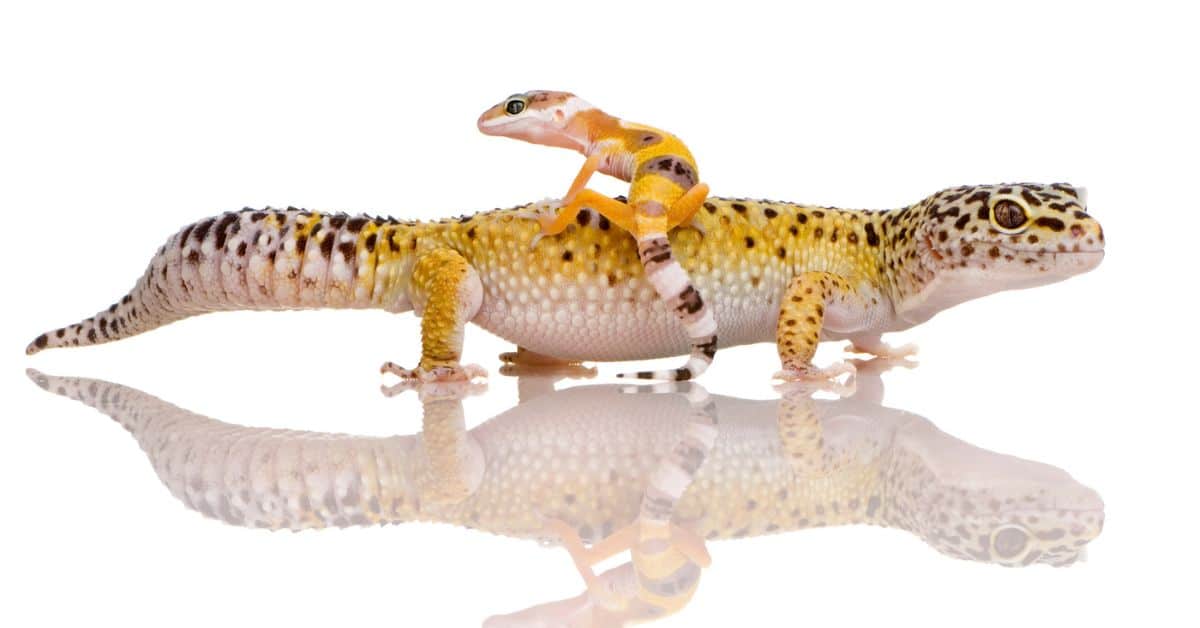
The fat-tailed gecko has been rising in popularity for years. There are many reasons for this, from its naturally calm behavior to its colorful appearance. It doesn’t hurt that they’re beginner-friendly to keep as well! However, some owners sometimes fear that their own African fat-tailed geckos are simply packing on too much weight.
Generally speaking, a fat-tailed gecko is considered overweight if the body assumes an overall pear-shaped appearance due to high body fat percentage. An unusually thick tail, significantly wider than the abdomen, can also be a cause for concern. Weight problems in fat-tailed geckos are almost exclusively down to diet issues and can be rectified accordingly.
The weight of your fat-tailed gecko plays a very important part in its overall health, and knowing whether it is overweight can be a literal lifesaver. However, it is also equally important to know how to manage your gecko’s weight in order to prevent problems from cropping up in the first place. Join us in this guide as we take a look at the best things you can do for your gecko to remain healthy!
Contents
Is It Alright for a Fat-Tailed Gecko to be Fat?
While knowing how to spot excess weight and obesity in your fat-tailed gecko is one useful thing to know, you might be wondering whether it’s worth it. After all, what if the extra fat doesn’t hurt them, right? Well, this question might be posed with the best of intentions, but unfortunately it is very much misguided.
Carrying excess weight can be indeed a serious health hazard for a fat-tailed gecko and can lead to similar kinds of complications as in humans. It is not merely an aesthetic issue, but a serious health problem that deserves and requires proper treatment.
How to Know if Your Fat-Tailed Gecko is Overweight
There are many telltale signs that make it easy to determine whether your gecko is carrying a few pounds too many. Here are our recommended methods for determining whether your fat-tailed gecko is at a healthy weight.
- First, and most obviously: use the scale! A healthy fat-tailed gecko should be somewhere around 50-80 grams. Anything significantly above 100-110 grams should be considered overweight
- Look for signs around the body! An extremely wide and inflated-looking tail, stretched head, full, bloated belly and fat rolls around the sides are all clear indicators
- If your gecko is carrying too much weight, he will often prefer to lay instead of moving around much in the tank – this is not laziness, but physical fatigue due to excess bodyweight!
Following these steps, the health of your fat-tailed gecko should be simple enough to determine.
Why is Your Fat-tailed Gecko Fat?
If you followed the steps above and have come to the conclusion that your African fat-tailed gecko is indeed overweight, the next question that naturally arises is how this happened. Usually, the answer is pretty simple: it lies in your gecko’s diet.
Most cases of obesity and weight problems in fat-tailed geckos are due to an unbalanced diet. Overfeeding, as well as the wrong choice of food, can lead to a negative health outcome and excess weight.
Simply put, the most likely explanation for your fat-tailed gecko being fat is that you have made some mistake in its diet. Common problems are relying too heavily on frozen foods, which discourages normal hunting behavior, as well as generally overfeeding the gecko.
Acknowledging this, and moving to correct it, will be a huge step towards the well-being of your pet.
Is Your Fat-tailed Gecko Overweight or Pregnant?
Of course, some owners raise the question whether their fat-tailed gecko is truly overweight, or might simply be pregnant with eggs, leading to a bloated stomach.
Here, a rational approach is essential to the diagnosis. First, as we elaborated above, an overweight gecko will exhibit more than just a full belly. Therefore, watch out for other symptoms!
Be aware that geckos generally cannot lay eggs before they are at least 10 months of age, so take this into account. Also, make sure to observe any signs of classic breeding behavior – for example, digging in the ground, as well as restlessness and nervous movement in the tank.
At a certain stage, you will also be able to see the legs through the underside of the gecko’s belly.
Determining the Sex of Your Gecko
A useful step in ruling out a pregnancy is accurately determining the sex of your fat-tailed gecko.
Thankfully, this is fairly easy to do. Female fat-tailed geckos are smaller than the males, and generally look slimmer with a more streamlined body. Male specimens have a burlier body, with especially the base of the tail and legs looking more stocky.
One particularly easy way to check for your gecko’s sex is to look at the underside of its body. Here, close to the tail, there might be a series of large, vaguely triangular pores protruding from the skin. These are called femoral pores and are only seen on sexually-mature male geckos, not females.
If none, or only some of the above symptoms apply, and if your gecko’s weight changes were particularly sudden, then the more likely explanation for its current weight is going to be a diet problem, not pregnancy.
How to Help Your Gecko to Lose Weight
Now that we have isolated the issue and examined the root causes and symptoms, let us take a look at how you can motivate your fat-tailed gecko to lose some of that unhealthy weight.
A healthy diet plan, based around a balanced selection of foods true to what fat-tailed geckos consume in the wild should be your goal. Keep track of food volumes, make sure to not overfeed, and also track your gecko’s body weight regularly!
With regards to their diet, fat-tailed geckos consume almost exclusively live insects and worms in the wild.
What to Consider Before Putting a Fat-tailed Gecko on a Diet
Remember that it is very dangerous to put a gecko on a crash diet, i.e. very suddenly cutting off a big chunk of its daily food intake. Doing this could cause fatty liver disease, endangering your gecko’s health further!
Also, never put a juvenile gecko on a harsh diet! Their younger body needs energy to grow at all costs, and even if it is overweight now, cutting its diet will hurt its future development!
Conclusion
In the end, practicing a few steps of clear-headed care for your fat-tailed gecko can go a long way and ensure for them a healthy, happy life.
While a gecko is a fairly low-maintenance pet and doesn’t require much in order to live in good health, that does not mean that there aren’t important considerations you can make – such as their diet. As we have seen, it can have a huge impact on their body, lifestyle, and well-being!
We hope that armed with the knowledge from our guide, you will be able to better accommodate your gecko’s needs.
